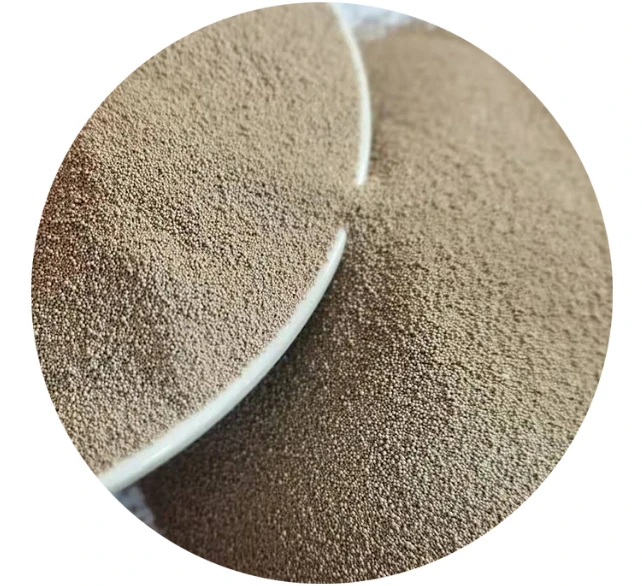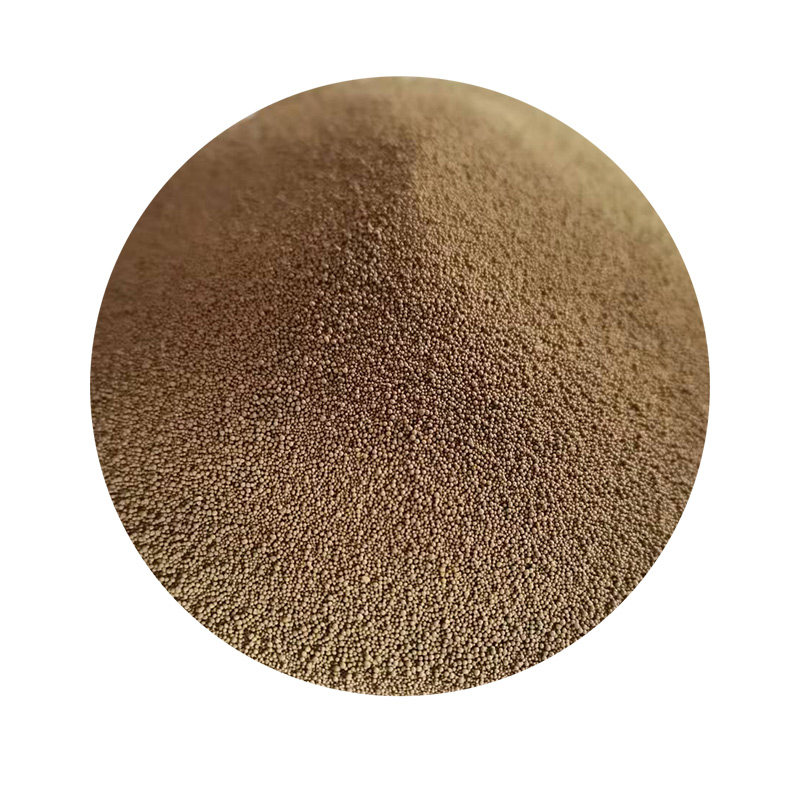

A major advantage of sand casting is its flexibility regarding design. Unlike other methods like die casting, sand casting can accommodate complex geometries, including undercuts and hollow sections, without the need for additional components. This not only reduces material usage but also minimizes assembly costs. For manufacturers seeking sustainable production solutions, the recyclability of sand complements their goals, as it reduces waste and encourages resource conservation. Moreover, the authority of sand casting in industries such as automotive, aerospace, and machinery cannot be understated. Its ability to produce large volumes of robust and precision-engineered parts at lower costs makes it indispensable for both prototype development and long-term production. The trust in its reliability is affirmed by its pervasive application across critical sectors. Nevertheless, maintaining trustworthiness in the sand casting process requires adherence to stringent quality control measures. Non-destructive testing, including radiography and ultrasonic inspection, is often employed to identify any internal defects within castings, ensuring that they meet the rigorous safety and performance standards demanded by today’s industrial clients. In conclusion, the sand casting process, steeped in tradition yet evolving with technological advancements, remains a cornerstone of manufacturing. Its adaptability, cost-effectiveness, and capacity to deliver high-quality, complex metal parts ensure it continues to be a preferred method. By leveraging centuries of accumulated knowledge and refining techniques, manufacturers can achieve superior products, fostering lasting relationships with their clients through trusted expertise and authoritative craftsmanship. Post time:Feb . 15, 2025 12:30
Next:sand casting procedure
